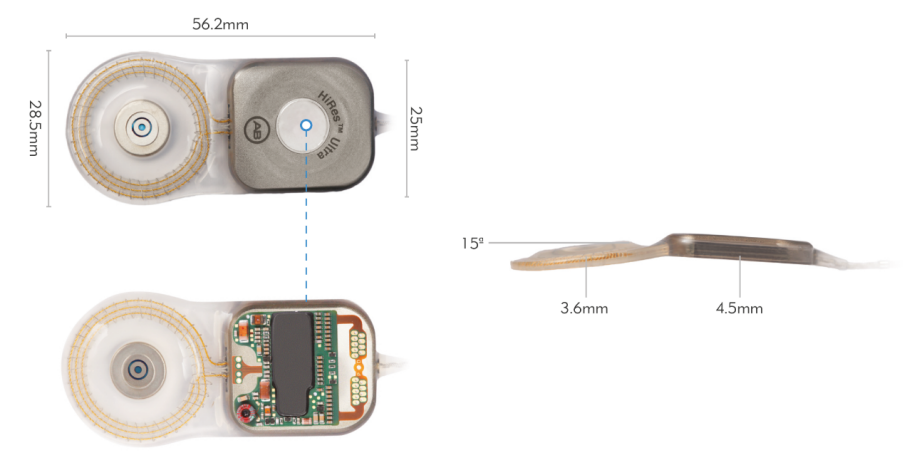
Advanced Bionics HiRes™ Cochlear Implant System
HiRes Ultra Cochlear Implant Family
The HiRes™ Ultra cochlear implant family was developed in collaboration with leading cochlear implant surgeons to meet the surgical needs and those of the recipient.
Low Profile
To make insertion easy and to provide flexibility for surgeons, the implants are designed for a shallow 1mm ramped recess, requiring minimal drilling to reduce surgery time. The thin 4.5mm profile and small footprint offers a discreet solution once implanted, making the implants suitable for both adults and children.

Electrodes Designed for Choice: Without Compromise
The HiRes Ultra implant family offers two electrode designs, the straight HiFocus™ SlimJ electrode and the precurved HiFocus™ Mid-Scala electrode, to offer the surgeon a choice based on their practice preferences and the recipient’s anatomy. Both electrodes share the HiFocus design elements.
HiFocus electrode contacts are encased in a slim flexible tapered silicone carrier to minimize insertion forces and damage to cochlear structures during surgery.1,2,3 HiFocus electrodes are designed with balanced stiffness, which allows for easy insertion within the scala tympani while making it less prone to bend upwards towards the basilar membrane and translocate. By minimizing cochlear disruption, HiFocus electrodes offer an increased opportunity for better hearing outcomes.4,5
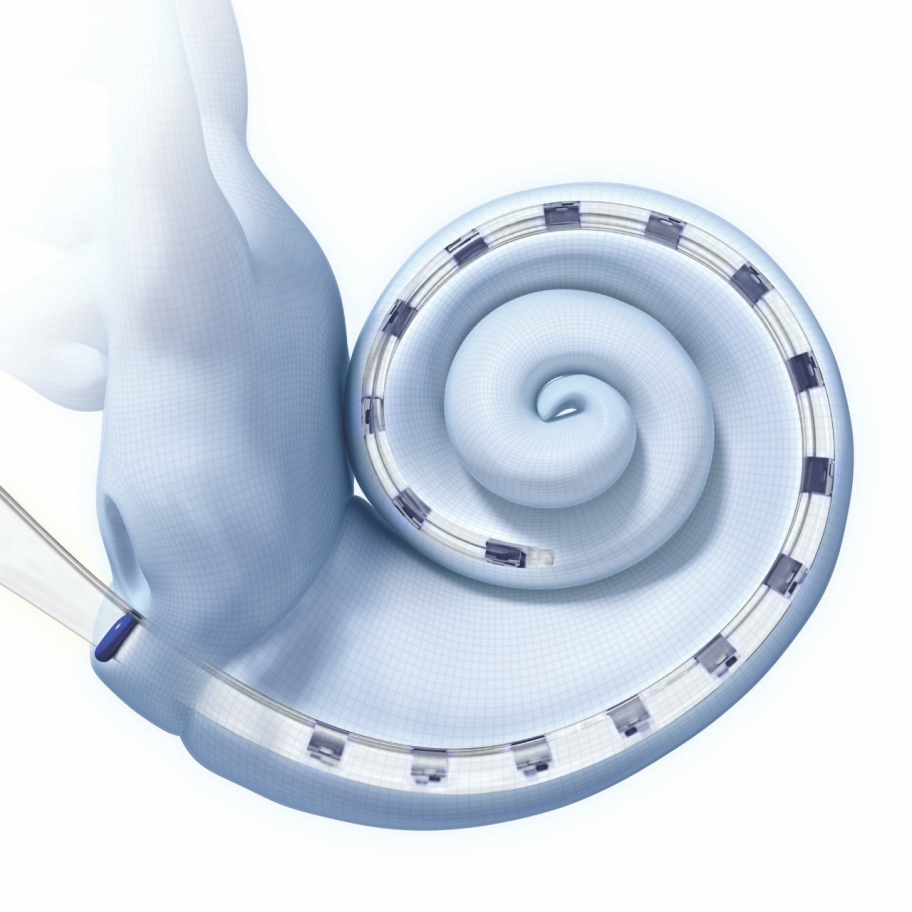
HiFocus SlimJ electrode
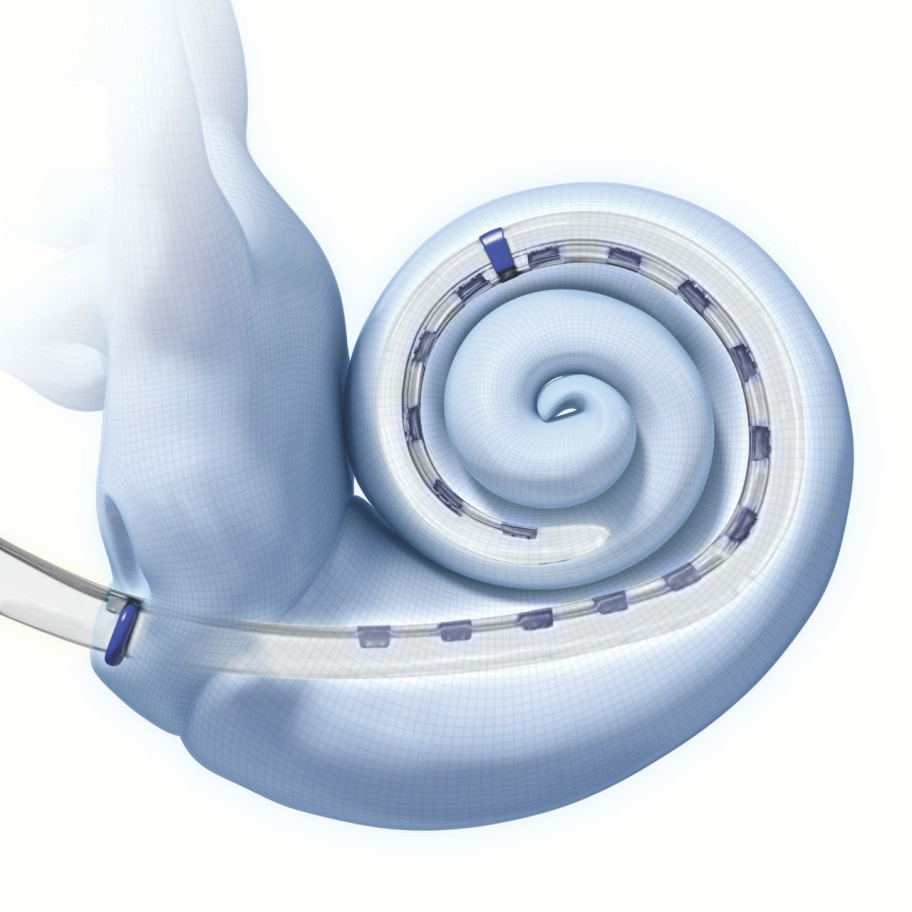
HiFocus Mid-Scala electrode
The HiFocus SlimJ or HiFocus Mid-Scala electrode provide the surgeon with maximum surgical flexibility based upon surgical preference while maintaining patient performance.2,3,4
HiFocus SlimJ
The HiFocus™ SlimJ electrode is the latest electrode technology, designed for ease of handling and insertion. It is offered as a straight electrode with a gentle curvature, designed to be easily and smoothly inserted by freehand technique or with forceps. The main benefit of the gentle curvature next to easy insertion is to ensure electrode movement in the apical direction.
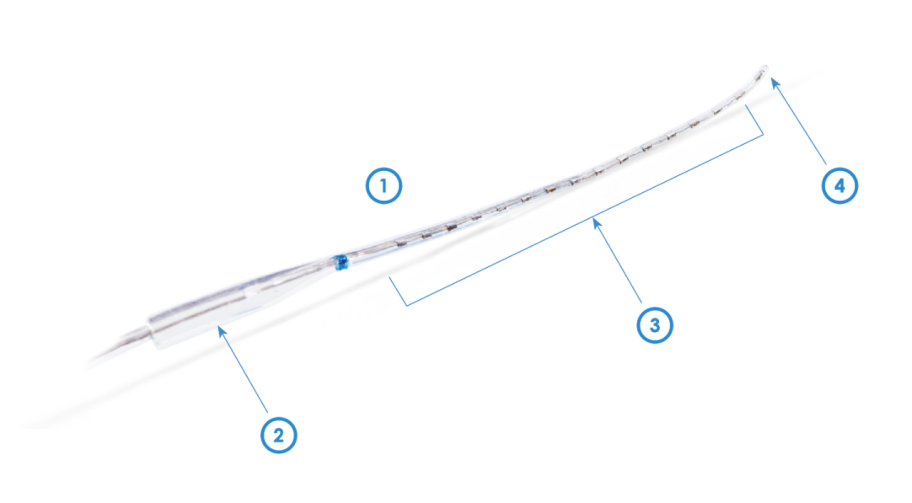
1 Balanced stiffness and tapered array profile
Protects cochlear structures.
2 Optimal lateral wing
Allows for ease of handling and insertion of the electrode.
3 Gentle electrode curvature
Ensures electrode movement in the apical direction.
4 Tapered tip feature
For easy and smooth round window insertion.
Confidence of Insertion
Key to the design are the elements that allow a surgeon to easily handle the electrode in the surgical space and insert with minimal trauma to the delicate cochlea structures.2 The HiFocus SlimJ electrode has been designed to have balanced stiffness and flexibility to offer smooth insertion and protect cochlear structures. The wing feature allows for the best possible visualization of the cochlea, and precise control of the angle and speed of insertion. It provides an easy area for a surgeon to hold and control the electrode, even into the facial recess.
The HiFocus SlimJ electrode can be introduced into the cochlea by a surgeon’s preferred approach — by using round window, extended round window, or small cochleostomy, requiring only a 0.8mm opening. The tip feature is intended to ease the insertion through the round window.
Full Spectral Coverage
A marker provides visual indication of insertion depth — the 23mm indicator represents approximately 420° in a standard cochlea, covering the main spiral ganglion population6 to provide optimal spectral coverage.
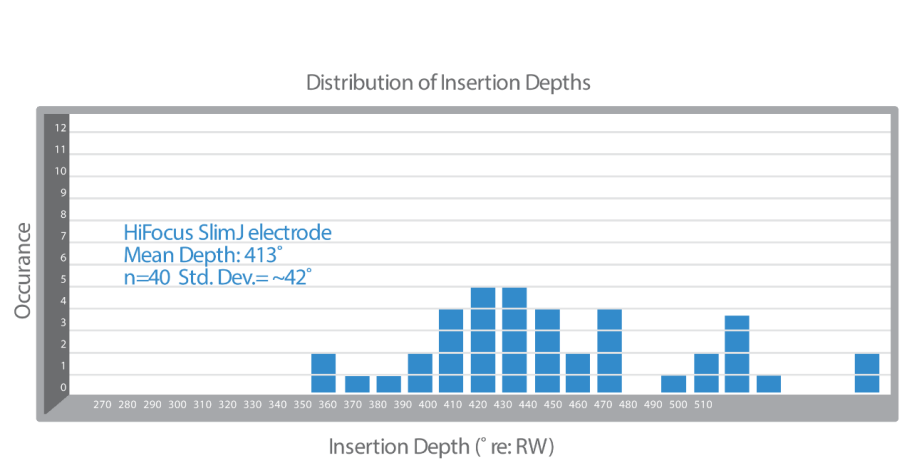
Graph showing angular insertion depths of HiFocus SlimJ across 40 samples2
Cochlear Structure Preservation
Cochlear structure preservation allows for the best possible hearing outcomes in recipients. Studies have shown that recipients may perform better when cochlear structures are undamaged by the electrode insertion.1,4,5,6 The HiFocus SlimJ electrode can be inserted and reinserted up to three times.
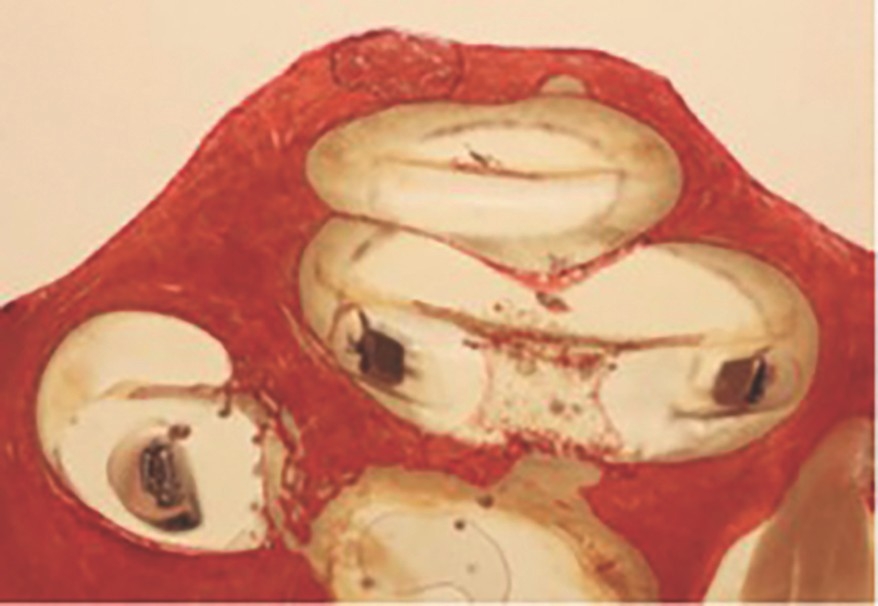
Histology showing HiFocus SlimJ electrode ideally positioned in the Scala Tympani (Eshraghi Scale ‘0’)2
“Based on our multi-center studies in association with investigators at UCSF over the past 18 years, and a review of published reports, the results with the Hifocus SlimJ electrode are remarkable. The HiFocus SlimJ preserves cochlear structures better than any other lateral wall electrode tested to date.”
- Steve Rebscher, Specialist, Department of Otolaryngology, School of Medicine, University of California, San Francisco
References
Rebscher SJ, Hetherington A, Bonham B, Wardrop P, Whinney D, Leake PA. Considerations for design of future cochlear implant electrode arrays: Electrode array stiffness, size, and depth of insertion. JRRD. 2008 45(5):731-748
Rivas A, Isaacson B, Kim A, Driscoll C, Cullen R, Rebscher S, (2017) New Lateral Wall Electrode, Evaluation of Surgical Handling, Radiological Placement, and Histological Appraisal of Insertion Trauma , San Francisco, July 26 -29, 2017.
Hassepass F, Bulla S, Maier W, Laszig R, Arndt S, Beck R, Traser L, Aschendorff A; The New Mid-Scala Electrode Array: A Radiologic And Histologic Study In Human Temporal Bones. Otology & Neurotology 2014; 35(8):1415-20
van der Jagt MA1, Briaire JJ, Verbist BM, Frijns JH., Comparison of the HiFocus Mid-Scala and HiFocus 1J Electrode Array: Angular Insertion Depths and Speech Perception Outcomes., Audiol Neurootol. 2016;21(5):316-325. doi: 10.1159/000448581. Epub 2016 Nov 21.
Finley CC, Holden TA, Holden LK, Whiting BR, Chole RA, Neely GJ, Hullar TE, Skinner MW. Role of electrode placement as a contributor to variability in cochlear implant outcomes. Otol Neurotol. 2008 Oct;29(7):920-8.
Avci Ersin, Nauwelaers Tim, Lenarz Thomas, Hamacher Volkmar, Kral Andrej, Variations in microanatomy of the human cochlea, The Journal of Comparative Neurology 2014 Oct 1; 522(14): 3245 -3261.
